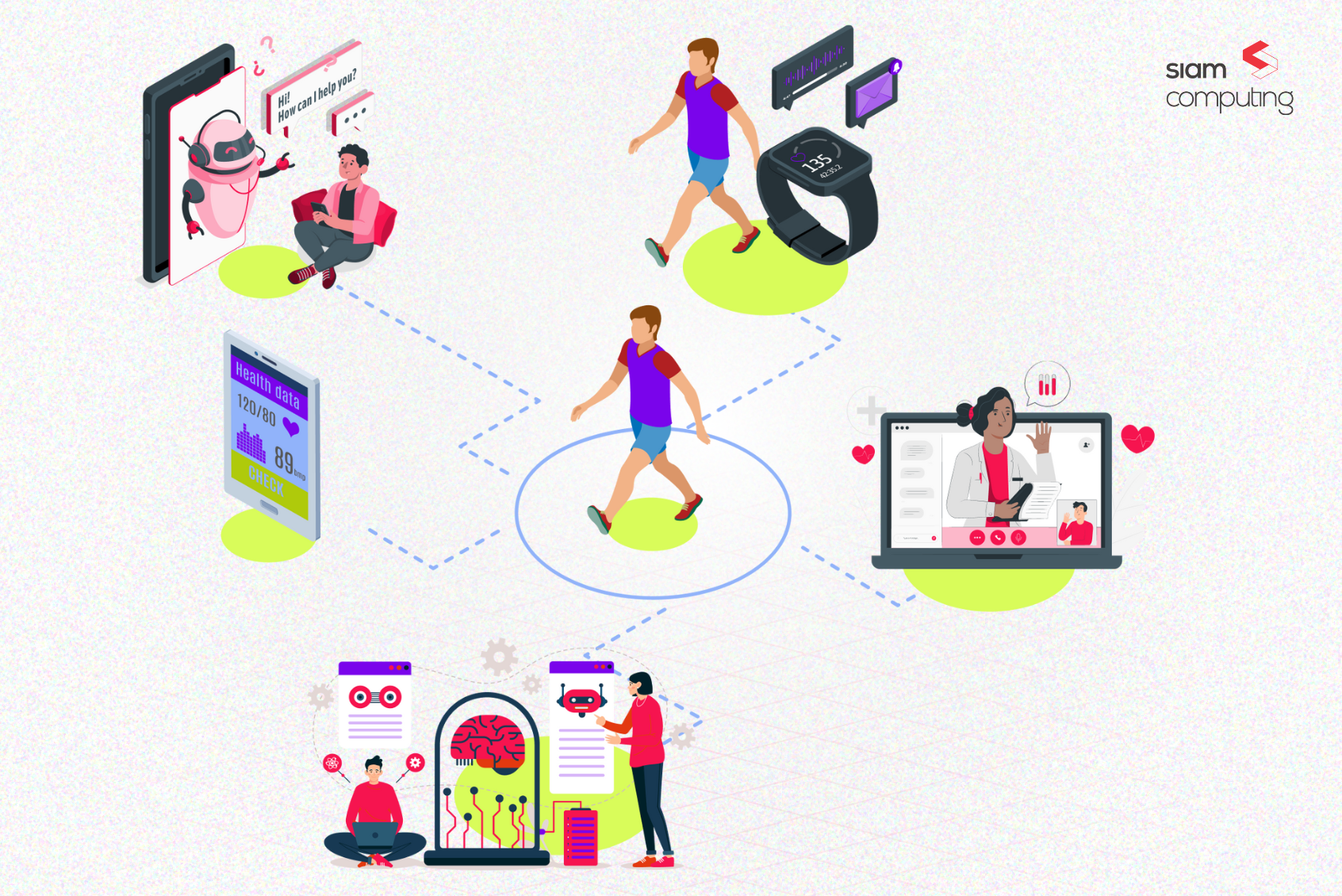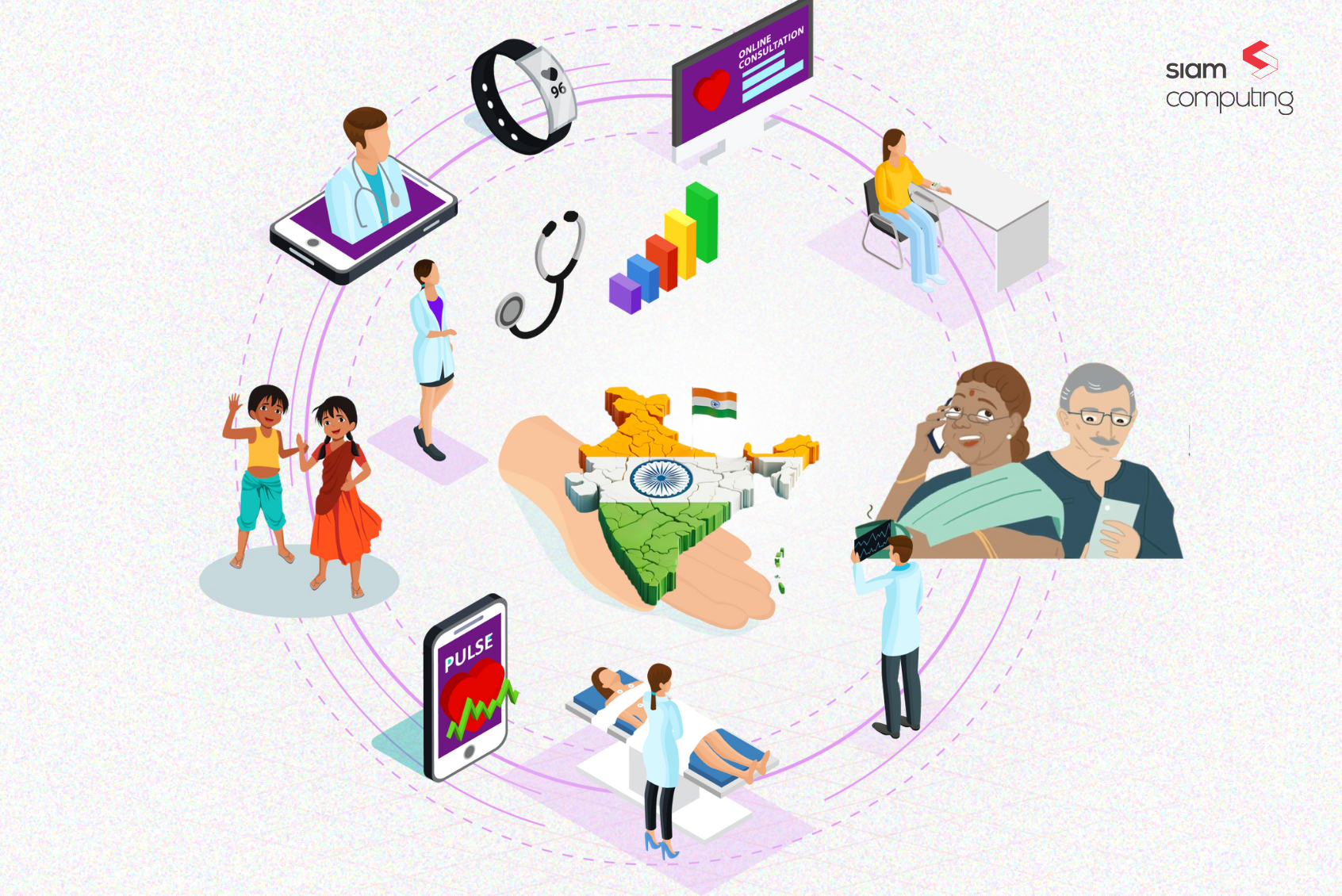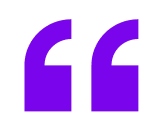Alright, people put your thinking caps on cause you’re in for one hell of a lesson on MVPs. This will make you a lot smarter, educated and most of all, an improved entrepreneur. First, let’s hit the basics and look at what the champ of The Lean Startup has to say about MVP.
“A Minimum Viable Product is that version of a new product which allows a team to collect the maximum amount of validated learning about customers with the least effort.”
-Eric Ries
Don’t confuse the phrase ‘least effort’ with your laziness because it means putting in smart efforts. The reason to build a product should be really clear to you in the beginning or you shouldn’t bother wasting time. MVP methodology is a savior for entrepreneurs who want to get more done in less time. No need to reinvent the wheel, we’ll show you how it works.
Make a Perfect Landing
With A Landing Page If you love social media and are highly active on it then this is for you. Joel Gascoigne’s story will inspire you. His web app didn’t launch on day one. He was smart enough to get feedback for his not even ready product.
He used a two-page website (landing page) to test whether people were interested in his product or not. Due to his active participation on Twitter, he had built himself a good reputation. When he shared his landing page from a Tweet, people jumped in to see what he had to offer. By doing this, he saw a glimmer of hope that there actually was demand for a product like Buffer. But he didn’t stop there ! After validating the interest about the product, he also tested (with another landing page) whether people would be interested in paying for the product. It worked, so he took the next step. Within seven weeks he built his first web app and chrome extension.
Have a look at the simple design that was used to highlight the core features of Buffer.
Facebook Group/Page
Another mind-boggling idea is here at your disposal. Who would have thought Facebook could solidify the foundation of your startup. Bill Boorman put it perfectly, “Facebook is where people live.” You know this, people are using Facebook to sell things we can’t even imagine! Why would you want to ignore an opportunity like this? You don’t have the same financial assets as big companies so here, you can start free of cost. It doesn’t matter if you’re using a concentrated group or a business page to expose your products, it works really fine.
The various marketing tools on Facebook will help you to reach your target audience. Skip the idea of building an expensive website, if your customers start to buy from your page right away you can think about a shopping cart for the future. The core idea here is to find out NOW if people are really going to buy what you’re offering.
What once started as a hobby transformed into a one of a kind MVP. Kabeer Biswas put the ball straight out of the park with his Bangalore-based company Dunzo. Here’s the rub. His startup works on the idea of providing goods and services to people through the medium of WhatsApp.
He and his co-founders gave an interesting spin to the local e-commerce industry. They didn’t develop an app beforehand : instead, they started by telling users to send their request simply through a phone number, via WhatsApp. That’s it! A pigeon stuck in your balcony ? Recently shattered your phone’s glass? Don’t worry, Dunzo comes to the rescue only with a small commission charge. Read what Kabeer had to say about his superb idea:
“All these apps-based hyperlocal startups look like a web product. What we are trying to prove is that mobile is a replacement of what you see, what you hear and where you are”
After getting a lot of positive feedback for Dunzo, they were able to successfully raise enough capital to take his product to new heights. They are progressively improving their products but the catch here is to identify what he did in the beginning.
He got out in front of people, showed them what he wanted to do and took enough steps to steer away from other mobile based e-commerce apps.
Video
Like all entrepreneurs, the founder of Dropbox faced the challenge to show venture capitalists his software was “the next big thing”. But he didn’t give up! To avoid the risk of waking up after years of development with a product nobody wanted, Drew Houston did something unexpectedly easy: he made a video. Why did he do so ? To validate the existence of the demand for his product!
The video was placed on a landing page so this cuts out the cost of investing in complicated lead funnels. Have you ever imagined this company may have never been successful without this thing ?
He narrated the process so brilliantly over this small video, which targeted at a community of technology early adopters, on the Digg website. Why there ? Because it was an active community, that he was a part of! He knew what would make them smile, and that it was a great place to get feedback. As he moved his mouse to various files on his screen, there were full of in-jokes and humorous references. This was appreciated a lot by the viewers; what you don’t like jokes? Remember, the habit of going the extra mile always works.
Drew recounted, “It drove hundreds of thousands of people to the website. Our beta waiting list went from 5,000 people to 75,000 people literally overnight. It totally blew us away.”
The chain reaction started by the video gained instant stardom for Dropbox. You think MVP is all about creating products? Think again! You can start by creating a video of your idea or product (even if your first shippable product is not ready) and correct your course accordingly. So to sum it up, find out a cheap but effective way to make sure your target customers say they are interested in your product. Get back to Eric Ries’ definition: this is already an MVP !
Don’t Wait To Build Your 1st Shippable Product
Momentum is everything in the startup world, and the Dropbox founder got really lucky to be able to ship his product at the same time he showed it for the first time. But we believe it may be risky to have developed something at such an early stage, without having fulfilled these customer development steps. Don’t build it to early, but build it as soon as you actually see you can build a business out of it! This is the second type of MVP: the first shippable product that is delivered and will actually be used by the end users.
Providing superior customer experience is your goal. Fellow entrepreneurs, you need to understand that you just can’t be doing what other people are doing and expect that the audience would be interested in using your product.
Your goal is to test your fundamental business hypotheses. Just begin and don’t think about going all bling. It would only increase your costs and even leads to a higher risk of failure. Rather, we suggest that you Build your first shippable product the Lean Startup Way. It should include only the very core features that your users want to use, so that you can start measuring the feedback and make changes according to the requirements of your customers.
You’re Building A Business, Not Just A Product
See, writing code to build your product is not the only way to build an MVP, and we believe it is definitely not the first thing you need to do. Your product is for your customers; not a showpiece which boasts your ability to write code. Products fail because their creators focus on what they want rather than what their customer wants. Adopt a user-focused point of view by interacting with the users and putting yourself in their shoes.
Think of a new way to put your MVP across the customers or perhaps you could use a landing page just like Drew and his team did. Whatever it is, make sure you’re in the know and are capable enough to measure the workability of your strategy. After this first MVP has shown some traction, then you know you may end up having a chance to build a business out of it! Figure out a business model, and don’t wait to put your first shippable product in the hands of your users!








